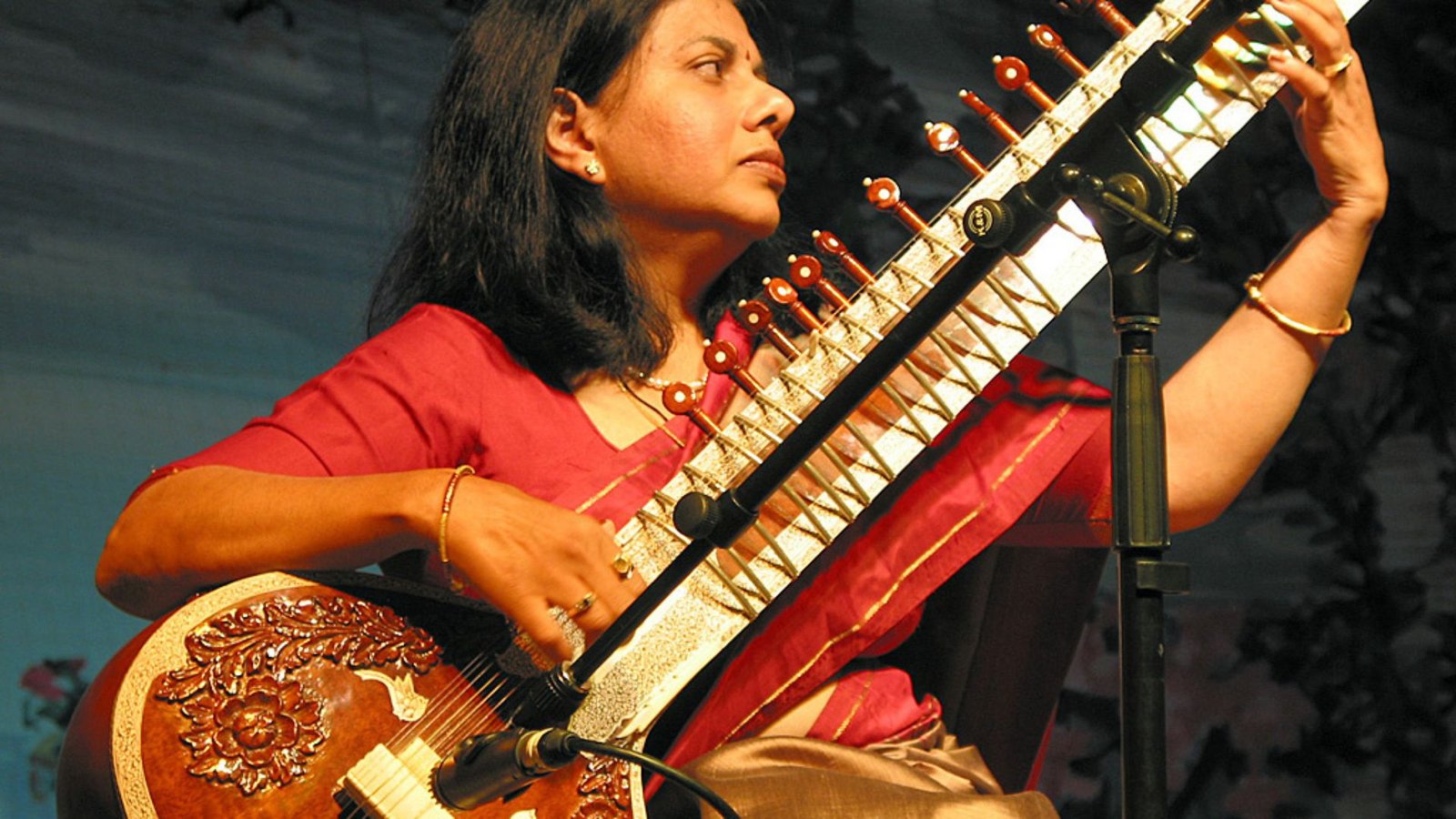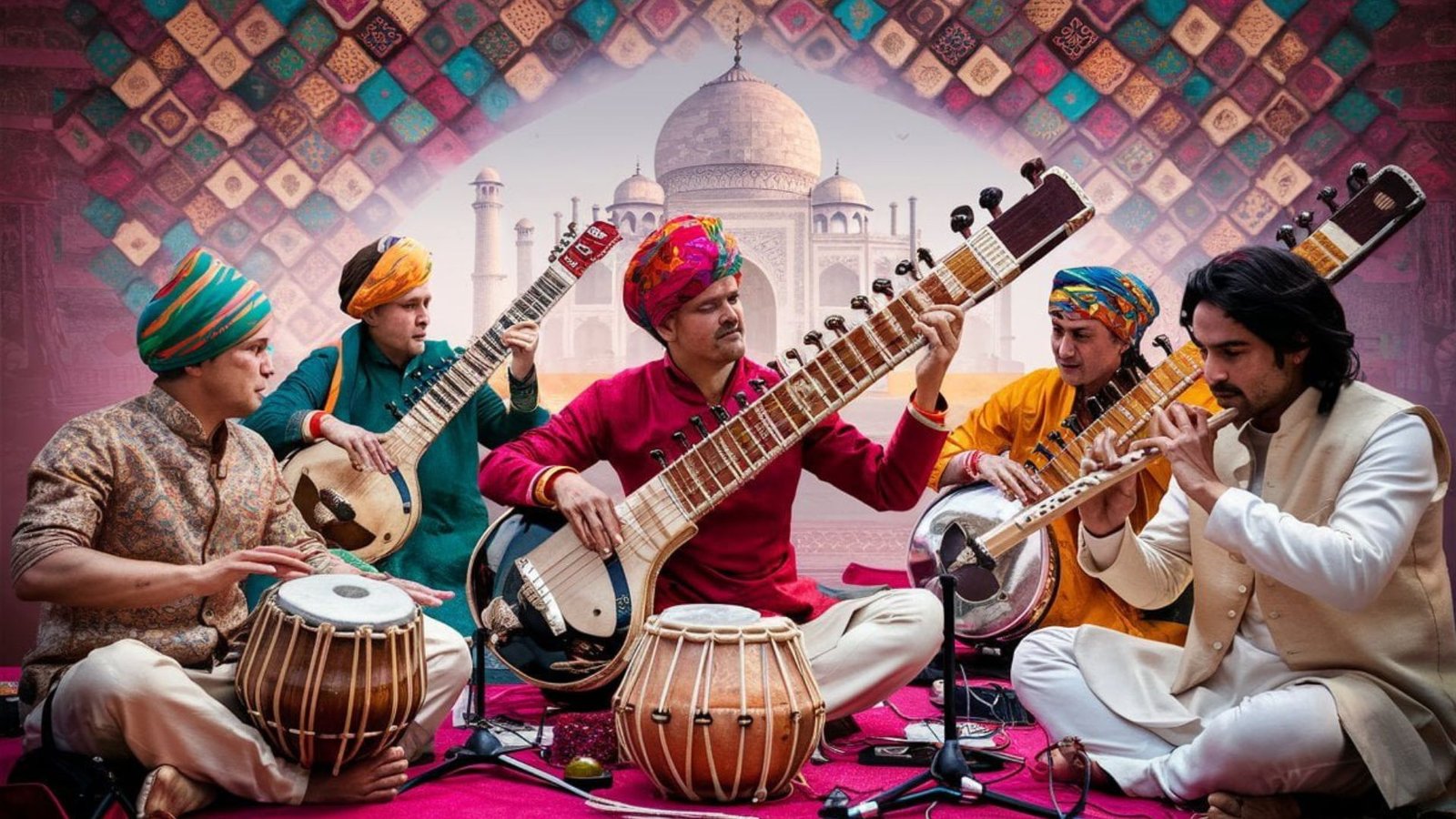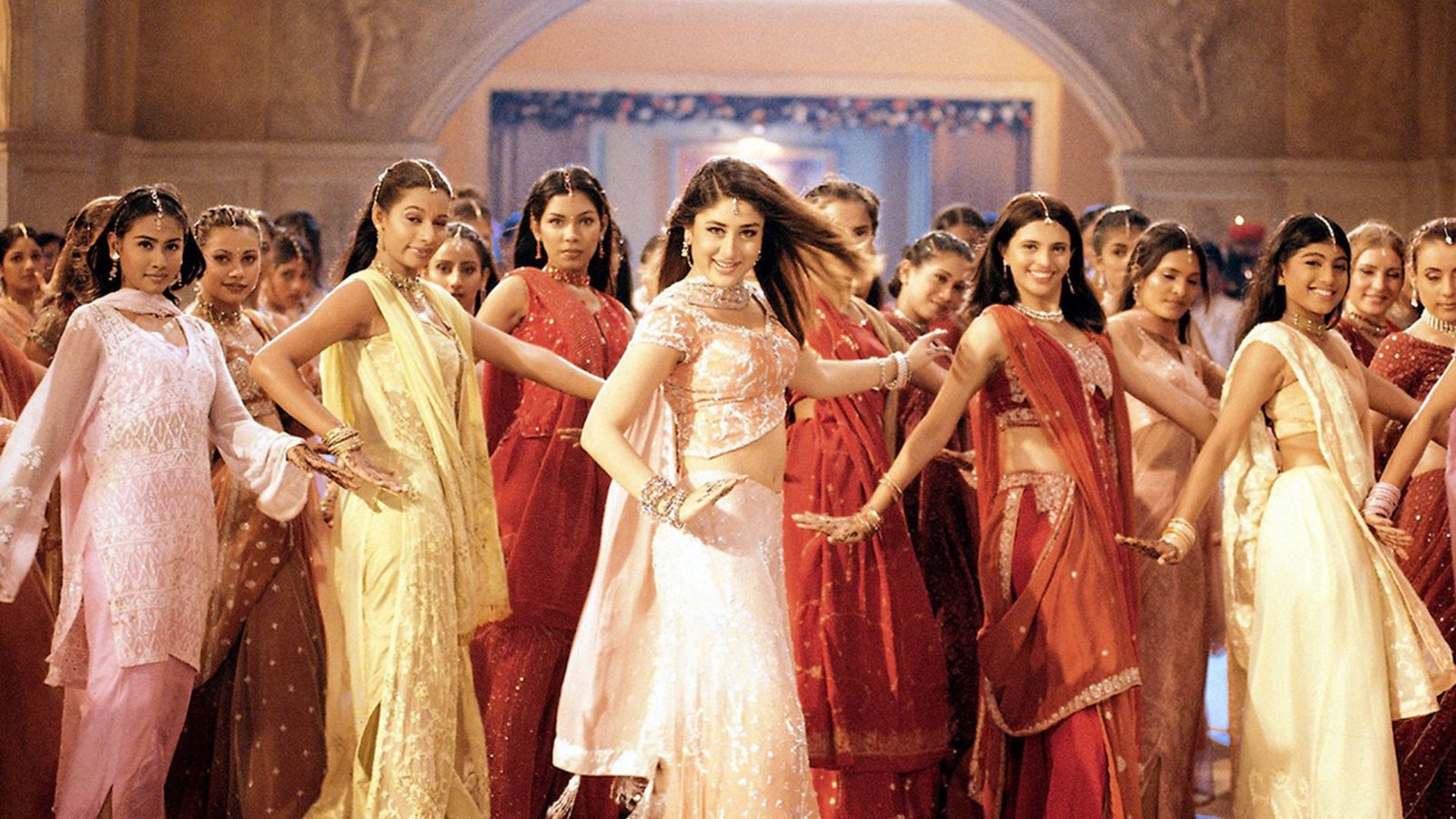Regional Folk Music of India
India’s rich and varied landscape is mirrored in its folk music, which differs greatly from region to region. This diversity reflects the unique cultural, linguistic, and historical contexts of various states. In this article, we explore the regional folk music of India, shedding light on its distinctive styles, traditions, and cultural significance. North Indian Folk … Read more









